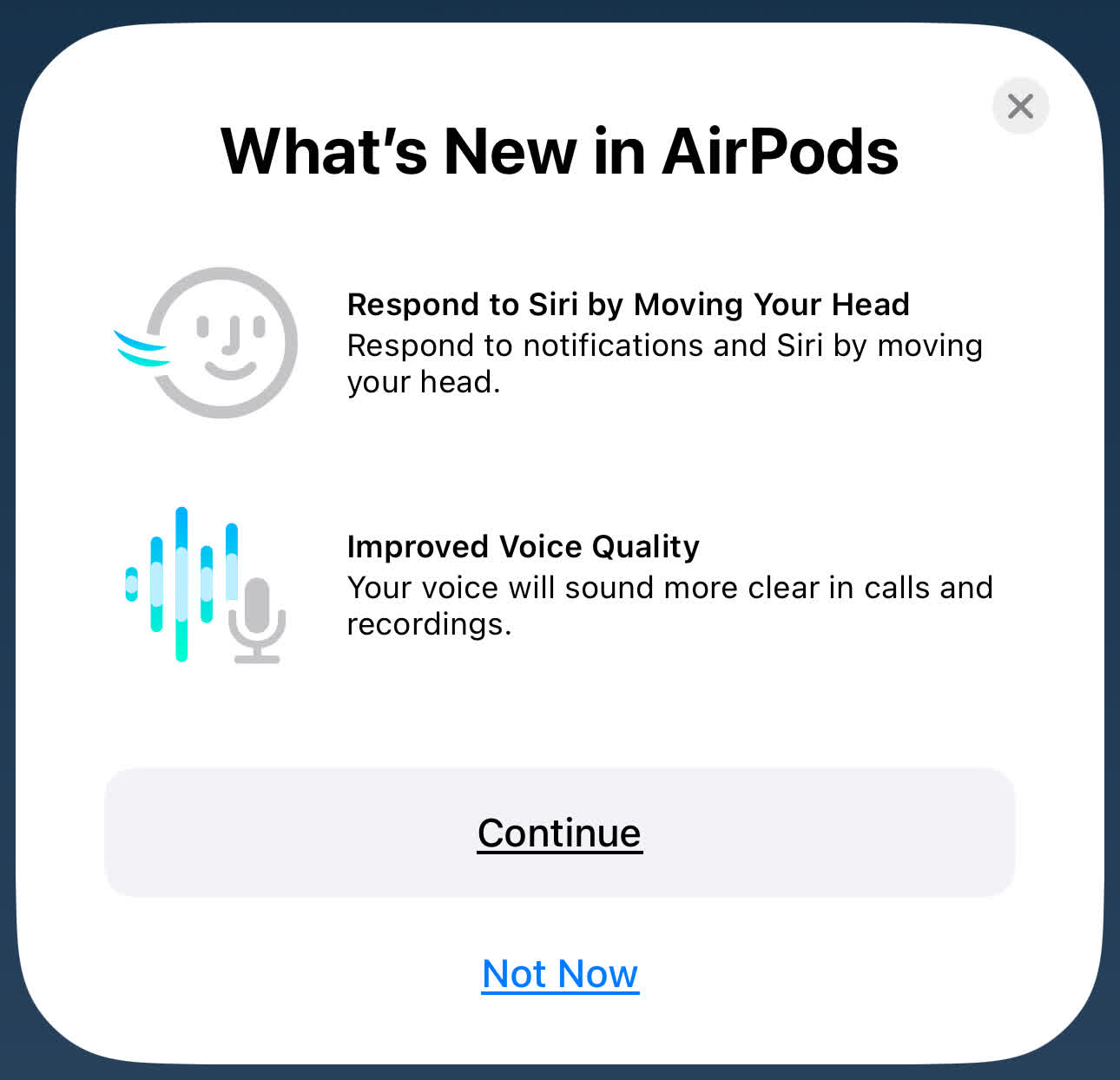Why it matters: Apple has just rolled out a series of new OS updates across its entire product line. Alongside the latest software, it has issued security patches and bug fixes for outgoing operating systems. While updating your device is straightforward, deciding if you should update is more complex.
On Monday, Apple released several updates to its platforms, including iOS 18, iPadOS 18, watchOS 11, visionOS 2, tvOS 18, and macOS Sequoia. These versions are generally “Release Candidates,” stable enough for end users but potentially containing a few bugs.
Cupertino also released iOS 17.7, iPadOS 17.7, watchOS 10.6.1, and macOS Ventura 13.7. These are the only updates available for older devices. They don’t introduce new features but include several security patches and bug fixes. So, even if you skip Apple’s latest and greatest, at least download these versions to keep your devices secure.
Whether to upgrade depends on how much risk you’re willing to accept. While iOS 18 and iPadOS 18 should run without major issues, they could cause unforeseen compatibility problems with your installed apps. Weighing the hottest new features against your current app library is essential.
There is often a lag between a new OS release and a compatibility update from third-party developers. In some cases, an OS update can render a very old app completely inoperable if the developer has stopped support. This situation has happened to me several times.
Often, it’s better to adopt a wait-and-see approach. If you primarily use regularly maintained apps, the newest versions for all devices should run smoothly. However, exercise caution if the apps you frequently use haven’t been updated in over a year. This advice mainly applies to Macs, iPhones, and iPads. The Vision Pro is too new to worry about app compatibility, and the Apple Watch’s limited app selection makes the issue mostly moot.
All of Apple’s devices are easy to update. I’ll describe the process for iOS/iPadOS, but this guide is similar enough to apply to any Apple platform.

To start, open the settings app and navigate to General–Software Update. You should see iOS or iPadOS 17.7 listed. Below that is a button to “Install Now.” However, if you have a compatible device, you will see an option below to upgrade to iOS 18 or iPadOS 18. Tap that, and you’ll have to click through some licensing agreements before the OS downloads and installs.
As mentioned, the process is mostly the same for other devices like Macs and the Vision Pro. The one exception is updating watchOS. While you can update your Apple Watch through its settings, you might find it easier to do so through the Watch app on your iPhone. The process remains the same.
Compatibility is the primary concern. While iPhones XS and SE (2020) can run iOS 18, only the iPhone 15 Pro, iPhone 15 Pro Max, and the entire iPhone 16 line can take full advantage of iOS 18.
Similarly, you’ll need an iPad Pro or iPad Air (3rd generation or newer), an iPad (8th generation or newer), or an iPad mini (5th generation or newer) to run iPadOS 18. However, only iPads equipped with the M1 chip can utilize all the functions, like Apple Intelligence, coming later this year in iOS 18.1. Also, don’t consider updating your Mac to Sequoia unless it has the M1 chip or newer.
If in doubt, read the fine print in Apple’s iOS 18, iPadOS 18, macOS Sequoia, watchOS 11, visionOS 2, and tvOS 18 press releases.
